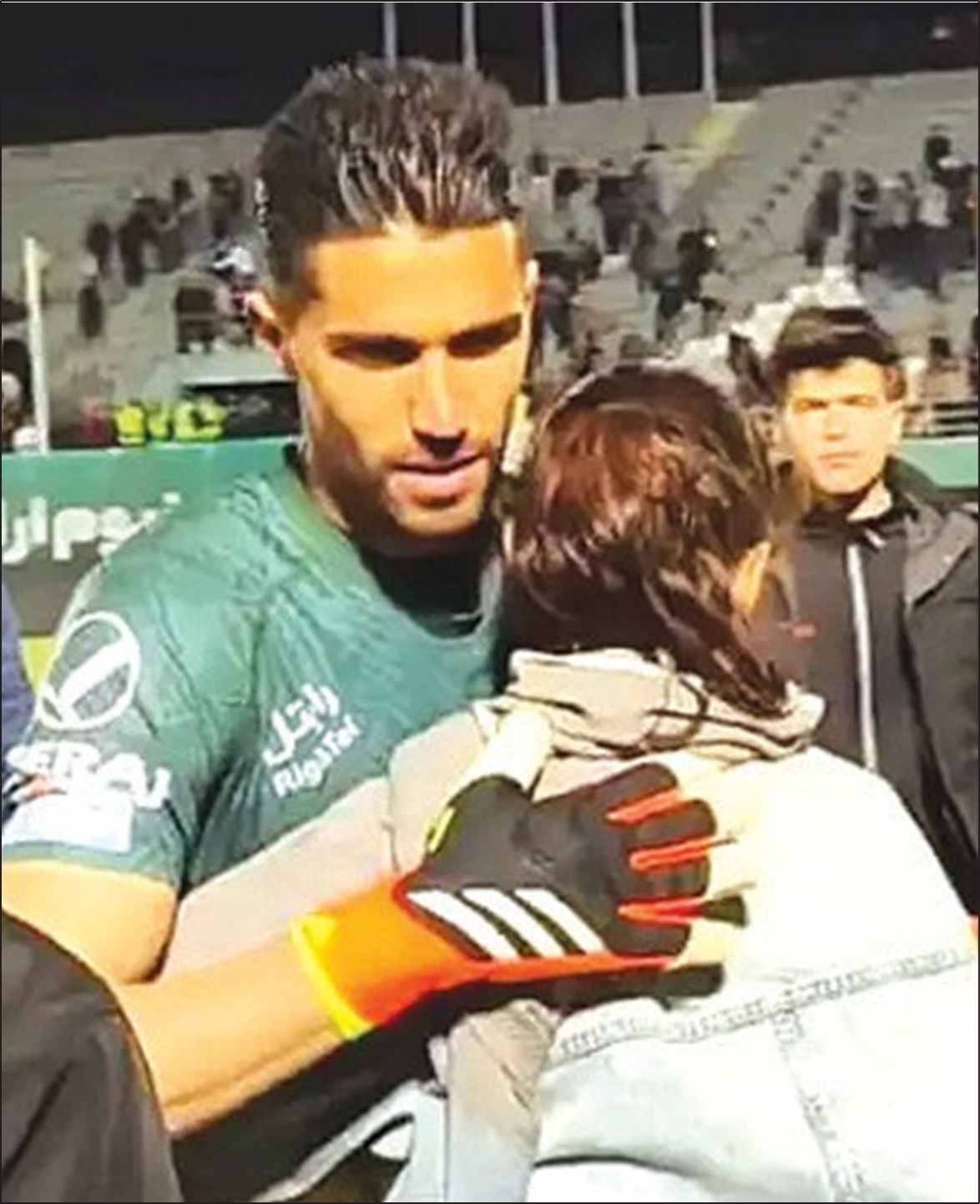May 10, 2024

A fine of three billion rials (roughly $4,800) was imposed on the player, along with a one-game suspension. Ole, the Argentine sports website, called the treatment of Hosseini a “scandal.”
In other countries including the UK, Spain, Kenya and China the incident has also drawn media attention and criticism. Hosseini said he would happily pay the fine, asserting that “three billion rials for the sake of a female fan of Esteghlal is well worth it,” which further infuriated officials.
The Fars news agency, which is affiliated with the Pasdaran, immediately launched a campaign demanding further punitive actions against Hosseini, resulting in an additional fine of 300 million rials ($480).
Iran International said it was not the first time the woman in question, Sahar Khodayari, had garnered media attention. In September 2019, she set herself on fire after being sentenced to six months in prison for attempting to enter a stadium disguised as a male supporter during a match between Esteghlal and Saudi Arabia’s Al Ain.
Hosseini’s case has revived debate over women’s access to stadiums in Iran, a contentious issue that has attracted international attention and criticism, especially from conservative clerics.
The Iran Football Federation announced a few months ago that women would be admitted to stadiums, but opposition continues. Furthermore, alleged infrastructure restrictions have been cited to limit women’s access or to eliminate it completely at many stadiums. At many stadiums, authorities are saying they must first make changes before they can admit women.
Women are not allowed to sit in the stands with their families, only with other women in a female-only section of the stands. This means stadiums usually have a dedicated entrance for female fans that leads to one reserved section with barriers installed to prevent women from going to other sections or males from entering the women’s section.
